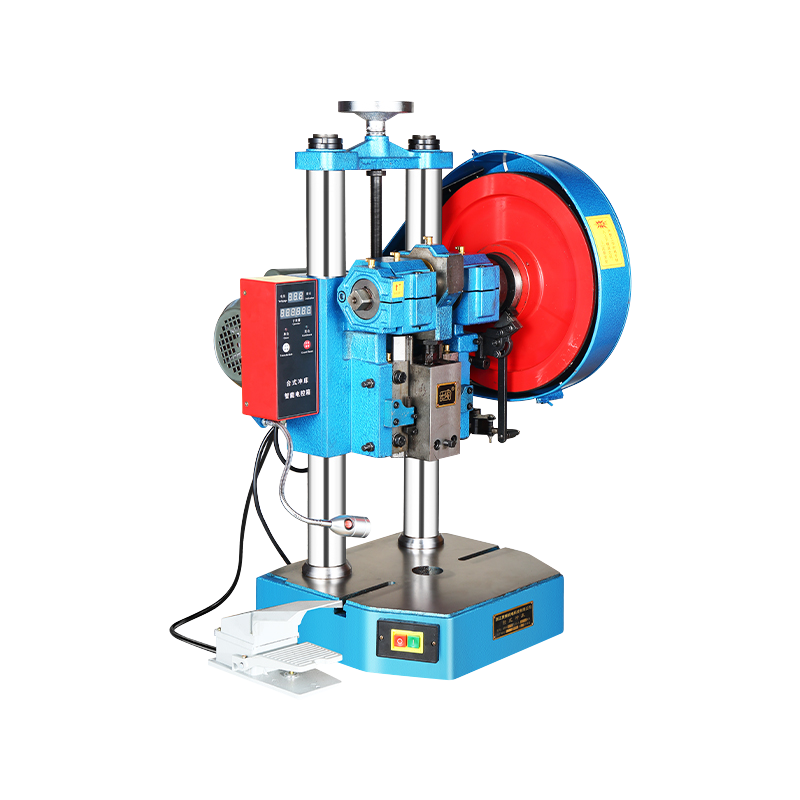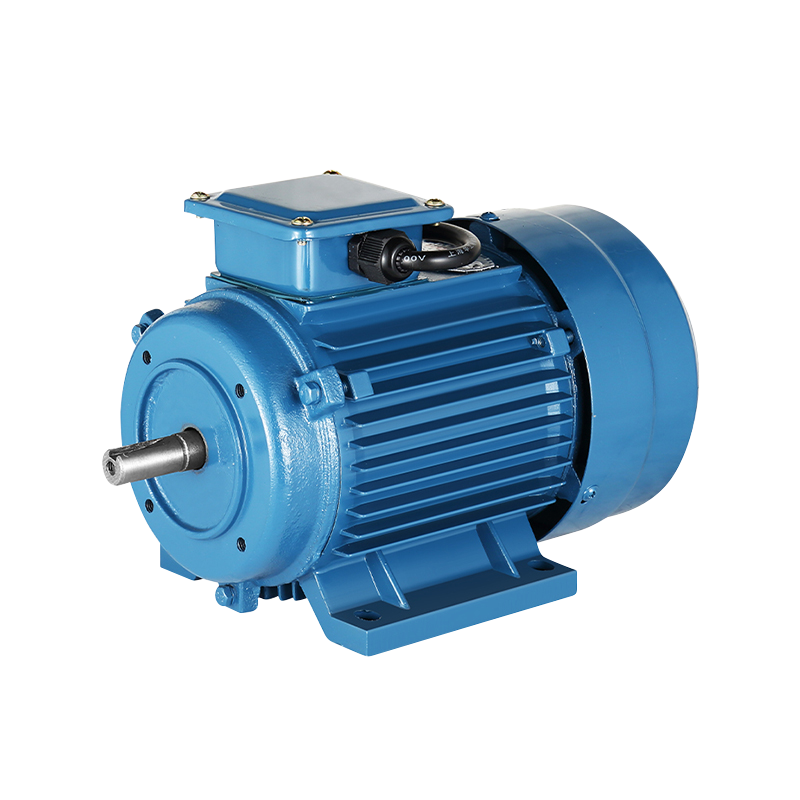Understanding the Working Principle of a Three-Phase Asynchronous Motor
In modern industrial and commercial applications, the Three-Phase Asynchronous Motor has become one of the commonly used types of electric motors. Its structure is relatively simple, and its operation provides dependable results in various fields such as manufacturing, construction, and HVAC systems. Understanding how a Three-Phase Asynchronous Motor works helps both operators and engineers to select, maintain, and optimize its performance in real-world situations.

At its core, a Three-Phase Asynchronous Motor operates based on the principle of electromagnetic induction. When a three-phase alternating current is supplied to the stator windings, it creates a rotating magnetic field inside the motor. This rotating field interacts with the conductors of the rotor, inducing a current within them due to electromagnetic induction, which in turn produces its own magnetic field. The interaction between the stator's rotating magnetic field and the rotor’s induced magnetic field generates torque, causing the rotor to turn.
One important feature of the Three-Phase Asynchronous Motor is the difference in speed between the rotating magnetic field of the stator and the rotor itself. This difference is known as slip and is necessary for the motor’s operation. If the rotor were to turn at the same speed as the stator's magnetic field, no relative motion would exist between them, and no current would be induced in the rotor. The presence of slip ensures continuous torque generation.
The construction of a Three-Phase Asynchronous Motor typically includes two main parts: the stator and the rotor. The stator is the stationary part of the motor and contains the three-phase winding, which is distributed evenly within its core. When connected to a power source, these windings produce the rotating magnetic field. The rotor, which is placed inside the stator, consists of laminated iron cores and conductive bars, usually made of aluminum or copper, arranged in a cage-like structure.
A critical aspect of a Three-Phase Asynchronous Motor is how its starting process is managed. Various methods, such as direct-on-line (DOL) starting, star-delta starting, and soft starters, are applied based on the application requirements. Each method controls how the motor reaches operational speed while managing the inrush current and mechanical stress during startup.
Another feature worth noting is the ability of the Three-Phase Asynchronous Motor to run at a relatively constant speed under varying load conditions. This stability makes it suitable for applications where consistent operation is essential. Additionally, since the Three-Phase Asynchronous Motor does not require brushes or commutators, it generally demands less maintenance compared to other motor types, reducing operational downtime in many industries.
Efficiency and energy use are key considerations when selecting a Three-Phase Asynchronous Motor. Although its efficiency can vary based on motor size, design, and application, it remains a reliable choice for continuous-duty operations. Engineers often select motor ratings and frame sizes based on the operational load and environmental factors to maintain efficient use of electrical energy.
Safety is also an essential factor when working with a Three-Phase Asynchronous Motor. Proper grounding, overload protection, and routine inspections are necessary to ensure safe operation. Monitoring the motor’s temperature, vibration, and current levels can help detect potential issues early, preventing unexpected failures.
In summary, the Three-Phase Asynchronous Motor works by creating a rotating magnetic field through three-phase alternating current supplied to the stator. This rotating field induces current in the rotor, generating torque due to electromagnetic interaction. With its simple design, steady speed, and reduced maintenance needs, the Three-Phase Asynchronous Motor continues to be widely applied in industries around the world. Understanding its working principle allows technicians and operators to use it effectively while maintaining operational safety and efficiency.
-
Feedback

 English
English 中文简体
中文简体






